HOT PRODUCTS
The performance of an office countertop sparkling water dispenser with touch button operation isn’t just about ease of use or visual design—it hinges largely on the quality and consistency of its carbonation system. CO₂ infusion technology, though often tucked out of sight, plays the central role in transforming chilled filtered water into crisp, refreshing sparkling water. Understanding how this system works and what distinguishes a well-designed carbonation process from a subpar one can help facility managers and office buyers make a confident decision that delivers both taste and reliability.
At its core, carbonation is the result of dissolving carbon dioxide gas into cold water under pressure. A professional-grade office sparkling water dispenser will use a precision-controlled regulator to maintain stable CO₂ levels during the infusion cycle. This matters because the solubility of CO₂ is sensitive to both temperature and pressure—colder water holds gas more effectively, producing finer bubbles and a smoother mouthfeel. Dispensers that don't regulate these variables accurately can lead to flat or inconsistent results, which quickly undermines the user experience in any workplace setting.
There’s also a meaningful difference between atmospheric and pressurized carbonation methods. Most high-performing models use direct inline carbonation, which infuses the CO₂ as water is dispensed. This method not only saves storage space, which is critical for countertop designs, but also ensures every glass is freshly carbonated. Systems with a static carbonation tank tend to degrade in fizz quality over time, especially in higher-use environments like shared office kitchens or meeting zones.
Another factor influencing carbonation quality is the type of CO₂ cylinder and how it's integrated into the dispenser. Food-grade CO₂ is essential for safety and taste, and high-quality units are designed with quick-connect fittings for hassle-free cylinder replacements. Models that allow external CO₂ tanks typically offer longer usage cycles, while integrated tanks may be easier to swap but require more frequent attention. For workplaces looking to minimize service interruptions, this balance between accessibility and capacity should be carefully considered during purchase.
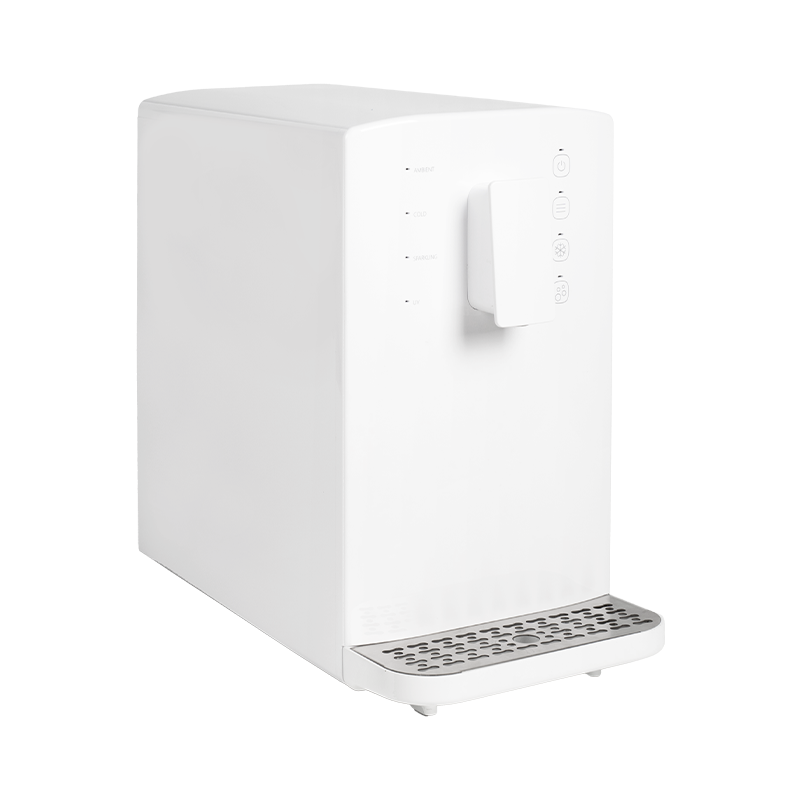
The carbonation mechanism is also closely tied to the dispenser’s interface and internal software. A good office countertop sparkling water dispenser controls isn’t just about starting and stopping water flow—it should also regulate carbonation intensity based on pre-set levels or user selection. Some models even adjust CO₂ input based on real-time temperature readings, keeping bubble density consistent regardless of room conditions. These details show how well-engineered systems provide a more dependable and satisfying experience across various office usage patterns.
From a maintenance perspective, a well-designed carbonation unit minimizes scale buildup and prevents pressure drops, both of which can affect performance. Advanced models use internal sensors to monitor gas pressure and flow rate, triggering alerts when CO₂ needs replacement or if a blockage is detected. This reduces the need for guesswork and keeps the unit operating at its peak—an essential quality for office environments where equipment downtime is disruptive.
For decision-makers looking to invest in modern, efficient hydration solutions, a reliable carbonation system isn't a luxury—it's the engine that defines beverage quality. A countertop design with clean lines and touch-button simplicity might draw attention, but it’s the stable CO₂ delivery that keeps employees coming back for another glass. Investing in a dispenser that excels in this technical core pays off not only in taste but also in long-term dependability and reduced maintenance hassle.
Whether you're sourcing equipment for a busy open-plan office or a quiet executive lounge, choosing an office countertop sparkling water dispenser with touch button control built on robust CO₂ infusion principles means offering a premium amenity that matches your workspace quality. It’s a smart move for companies that care about both user satisfaction and operational efficiency.





 Language
Language
 English
English Español
Español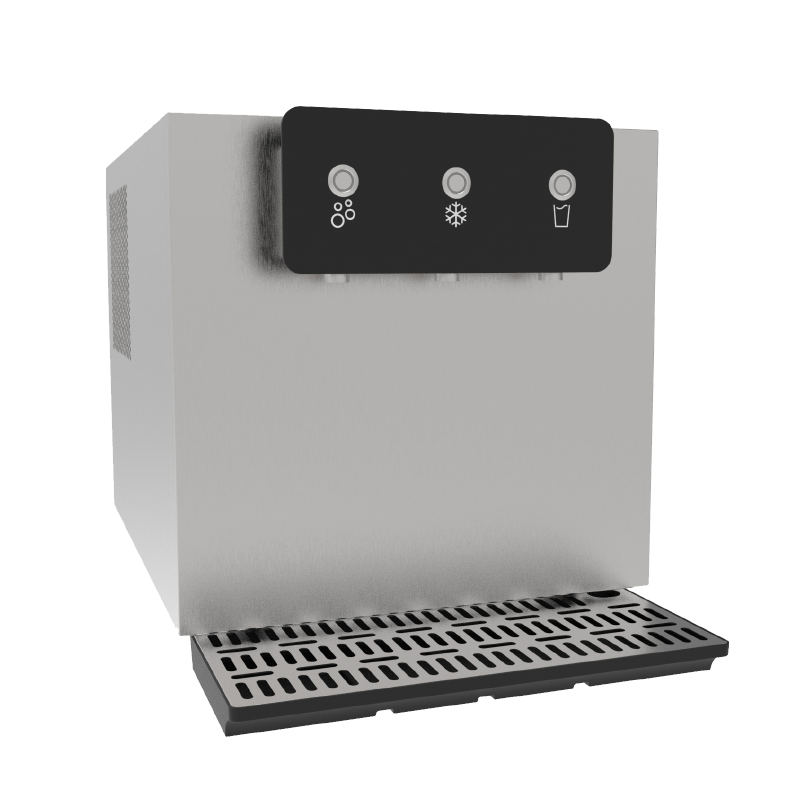

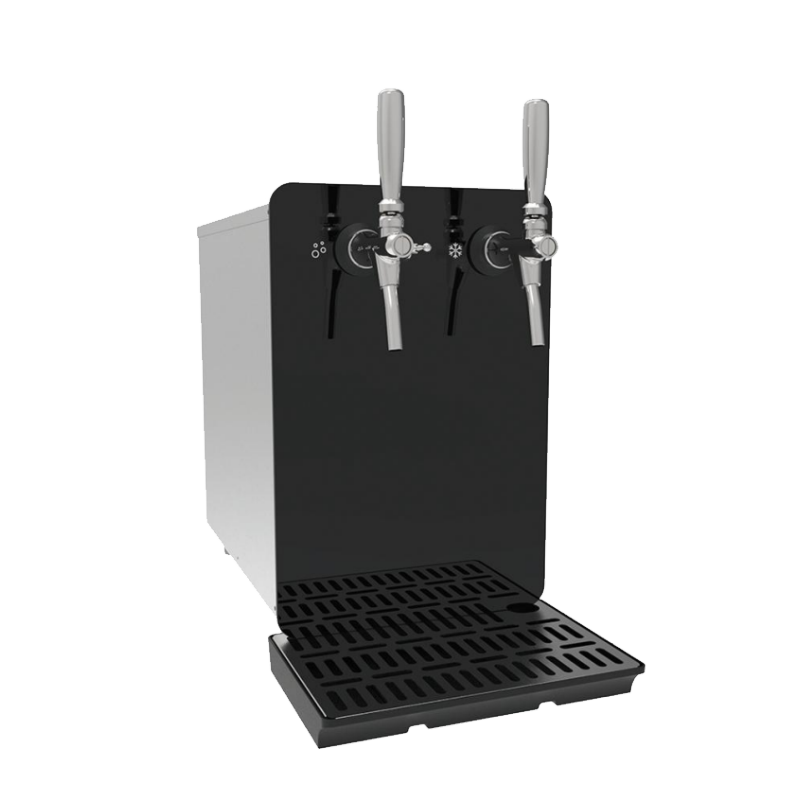

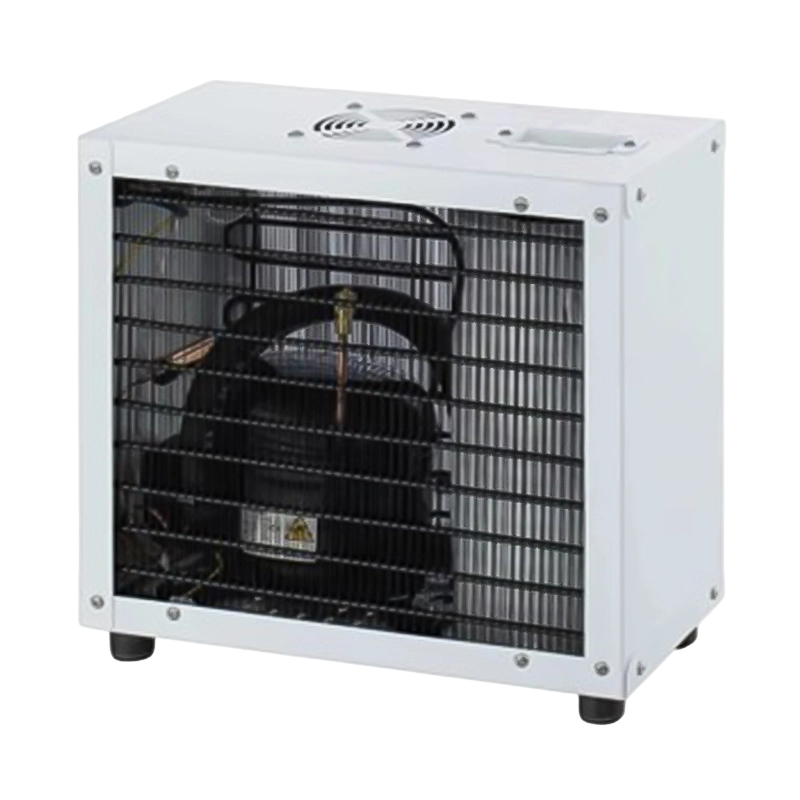
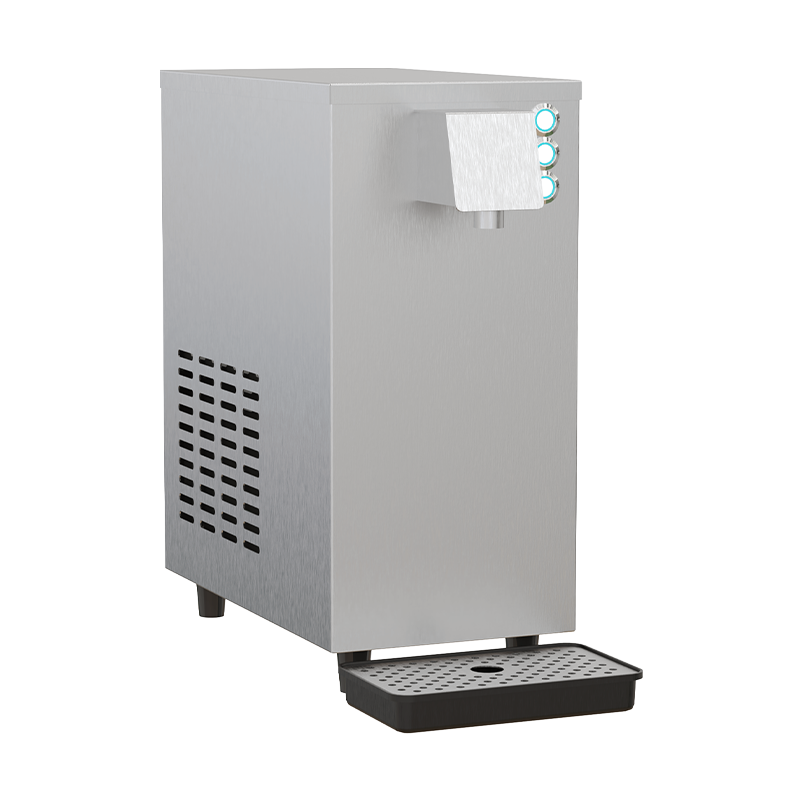
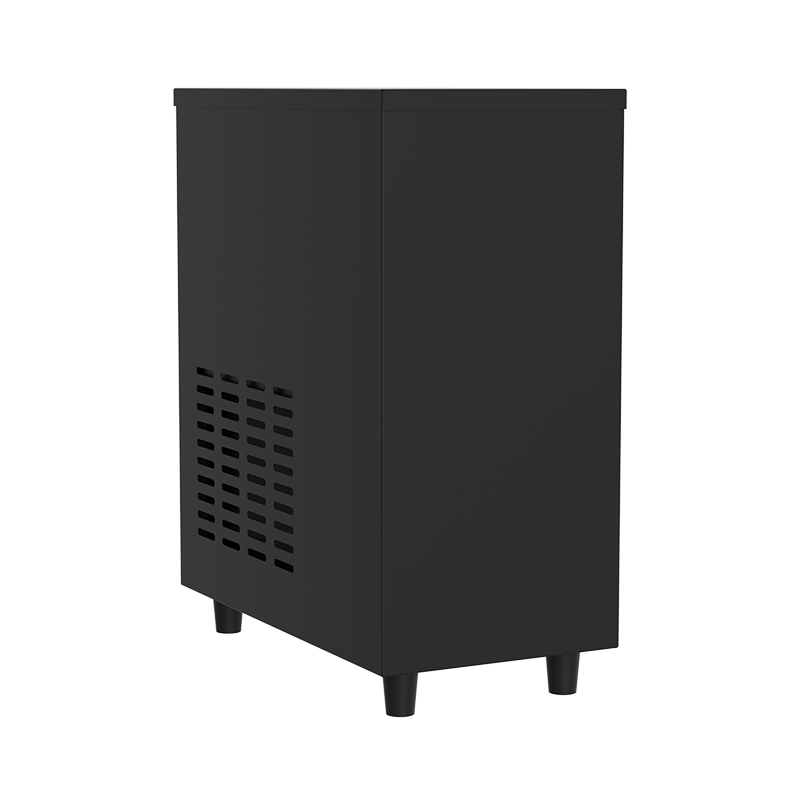
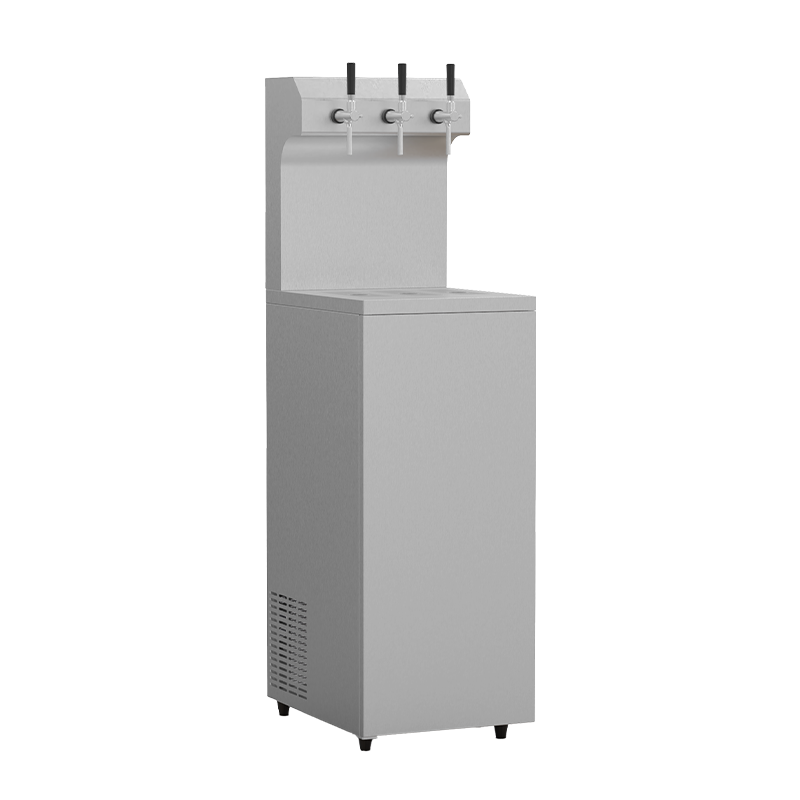
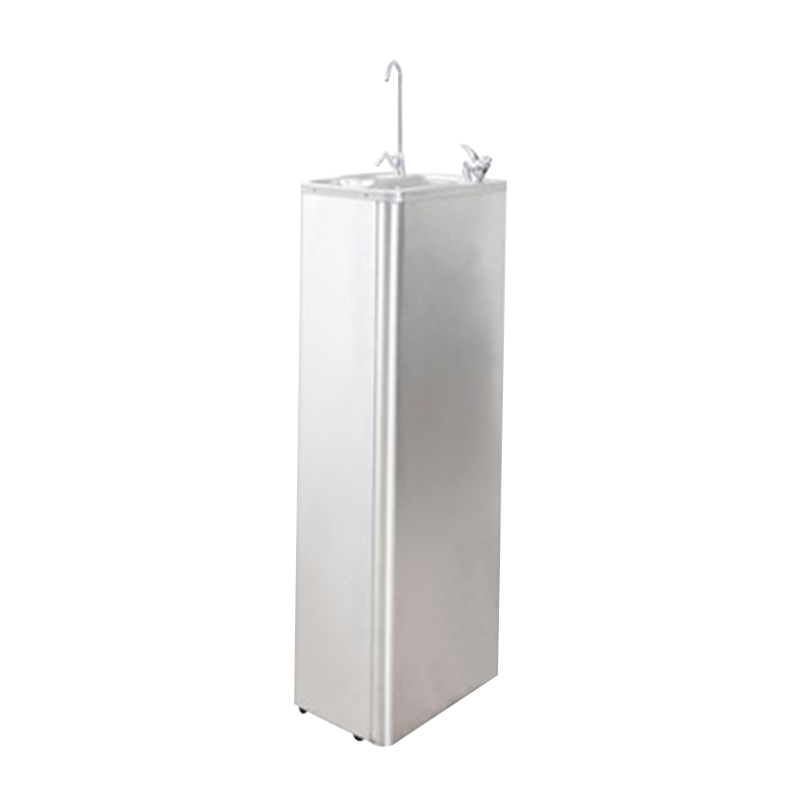
 ADDRESS
ADDRESS CONTACT
CONTACT EMAIL
EMAIL